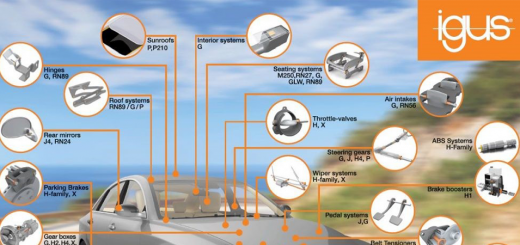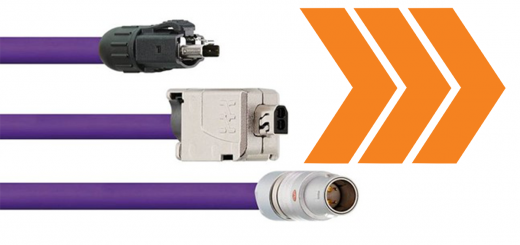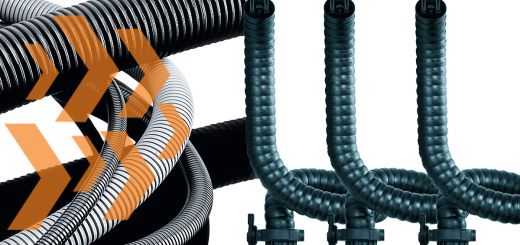Efficiency and effectiveness: Is there a difference and how are they calculated?
By Zoe Moser
In general, efficiency indicates the effectiveness of a device when conversion losses are taken into account. Efficiency, abbreviated with a small eta (η), describes the relation between the delivered power (effective output) and the supplied power (in other words, its loss and expenditure, respectively). The resulting efficiency depends on what is considered a benefit or loss and what is considered an expenditure.

Efficiency has a value between 0 and < 1 or is expressed as a percentage, between 0 and < 100%. This figure is influenced by various factors. For example, energy is lost through frictional heat, so the effective output is less than the supplied power. The higher the efficiency, the better the supplied energy is transformed into effective output.
What is the efficiency rate of igus® plastic lead screw nuts?
Our tribologically optimized polymer lead screw nuts are characterized by low friction values and higher efficiencies compared to lead screw nuts made from unlubricated bronze lead screw nuts or of standard plastics such as POM.
For lead screws, the following formula can be used to calculate efficiency:
η (eta) = efficiency [-]
α (alpha) = angle thread pitch [°]
µ (mü) = coefficient of friction [-]

Efficiency therefore depends on the angle of the thread pitch and the coefficient of friction. The trapezoidal thread TR18x4 and a lead screw nut made of iglide® J illustrate this very well:
Trapezoidal thread, TR18x4
α = tan-1 (P/U)
P = pitch= 4mm
U = circumference = π x d = 56.52mm
α = tan-1 (4/56.52) = 4.04°
µ = 0.15 (iglidur® J, dry operation)

η = 0.32 or efficiency 32%
Single start trapezoidal lead screw nuts achieve efficiencies between 20% and 48% in dry operation. Ball screw drives achieve efficiencies of up to over 90%, depending on the system.
dryspin® high helix lead screw nuts achieve efficiencies between 35% and 80% in dry operation:
dryspin® high helix thread, DS10x25
α = tan-1 (P/U)
P = pitch = 25mm
U = circumference = π x d = 31.42mm
α = tan-1 (25/31.42) = 38.51°
µ = 0.15 (iglidur® J, dry operation)

η = 0.74 or efficiency 74%
Even though drylin® lead screw nuts were developed for completely dry operating conditions, lubrication can help to additionally increase efficiency.
How can a customer find out more about dryspin lead screw drives?
In whatever way is most convenient for the customer. We have many opportunities to support in the implementation of an application or simply to present our products. This can be in person, virtually or by phone at 1-800-965-2496. We have a team of engineers and local colleagues to support customers on-site. For us, nothing beats a conversation. So if support is needed, we are always happy to help. Send us your contact request here.
You are also welcome to use various digital platforms to obtain further information about dryspin lead screw technology, from our tools, such as the expert system or the configurator for lead screws, further blog articles, to a wide variety of YouTube videos.

Want to test lead screw technology?
Request a free dryspin sample here.
Do you need more information?
Stop by our home page!
All information about lead screw technology



